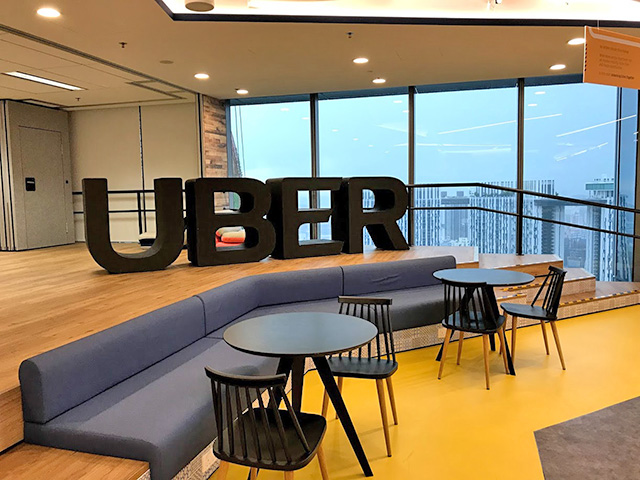American ride-hailing giant Uber is betting big on India’s growing appetite for electric vehicles (EVs).
The San Francisco-based company plans to expand its EV fleet in the South Asian nation to 1500 by the end of the year from the current 350, Pradeep Parameswaran, the CEO of Uber India and South Asia, told local media
Parameswaran said the company is looking to form “strategic partnerships” within the EV ecosystem in India, which it considers as a growth market for the next ten years. He added that the company would “continue to partner with the auto industry and startups to launch new products, especially in the electric mobility space.”
The move toward EVs, the report said, is “driven by a two-fold agenda – better business economics and increased government push.”
“We believe that the original equipment manufacturers (OEM) industry in India is very evolved and robust… Our strategy is to actively partner with OEMs, financiers, and technology service providers for charging infrastructure that are building these form factors and bring in our rider base, safety, and marketplace technology,” Parameswaran said.
In the first phase, the SoftBank-backed ride-hailing company is trying its hands at electric two- and three-wheelers in the country. It has already piloted electric autos in Chandigarh, the most well-planned Indian city, in collaboration with EV company SUN Mobility, which offers swappable batteries and interchange stations.
“Electric two-wheelers and three-wheelers are already commercially feasible, but electric four-wheelers may take at least 3 years or longer to monetize,” Parameswaran said.“Next year, we will accelerate that push with a focus on two- and three-wheelers…EVs will become a meaningful part of the overall portfolio in 24 months.”
The ride-hailing giant has also partnered with the Bengaluru-based mobility startup Yulu to offer electric bicycle rentals to customers in Bengaluru as well as with the Mahindra Group to launch EVs in Hyderabad, the ET report said. In November, local media reported that Uber was in talks with two-wheeler rental startup Bounce, which has been quite aggressive in expanding its EV fleet, for listing latter’s service on its platform.
It is to be noted that Uber has been looking to increase its offering from mere four-wheelers and wants to include other mobility options such as scooters, cycles, and is even providing information about metro timings on its app.
Uber’s local competitor and a mobility major Ola, has been way ahead in its EV vision. In 2017, ANI Technologies, which owns and operates Ola, set up Ola Electric as a wholly-owned subsidiary to focus on leasing electric vehicles. According to a report by local media Moneycontrol, between December 2018 and January 2019, Bhavish Aggarwal, the founder and CEO of Ola, purchased a 92.5 % stake in Ola Electric. Following March, Ola spun out Ola Electric as a separate entity, which became a unicorn company four months later in July after raising USD 250 million from SoftBank.
In 2018, Ola had said it would add 10,000 electric rickshaws to its fleet in the next 12 months and have one million EVs by 2021. While the Indian mobility major is working to reach these numbers by running pilot electric mobility projects in cities such as Gurugram, Bengaluru, and Nagpur, Amazon has also taken interest in this space.
Last month, Seattle-headquartered online retail giant Amazon said it aims to have 10,000 EVs as its delivery vehicles in India by 2025. Amazon India has already conducted pilots across several cities last year, and this year, the company will expand EVs to over 20 cities including Delhi-NCR, Bengaluru, Hyderabad, Ahmedabad, Pune, Nagpur, and Coimbatore, local media reports said. Its ambitious plan to have 10,000 EV delivery fleet will be designed and manufactured in India and is expected to include three- and four-wheelers.
According to Parameswaran, Uber is “seeing faster growth and adoption of three-wheeler and two-wheeler mobility in its core transport business,” which implies the South Asian nation’s huge appetite for affordable rides.
“Roughly, two out of the three Uber trips are in cars, and one in an auto and bike. By the end of the year, we expect that in the big cities, the mix of auto and moto rides will touch 50%…and in small towns, auto and moto will be well north of 50%,” he told ET.
